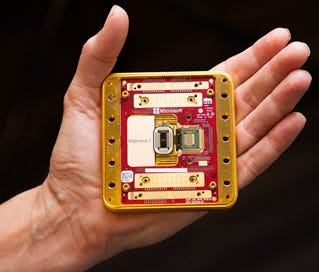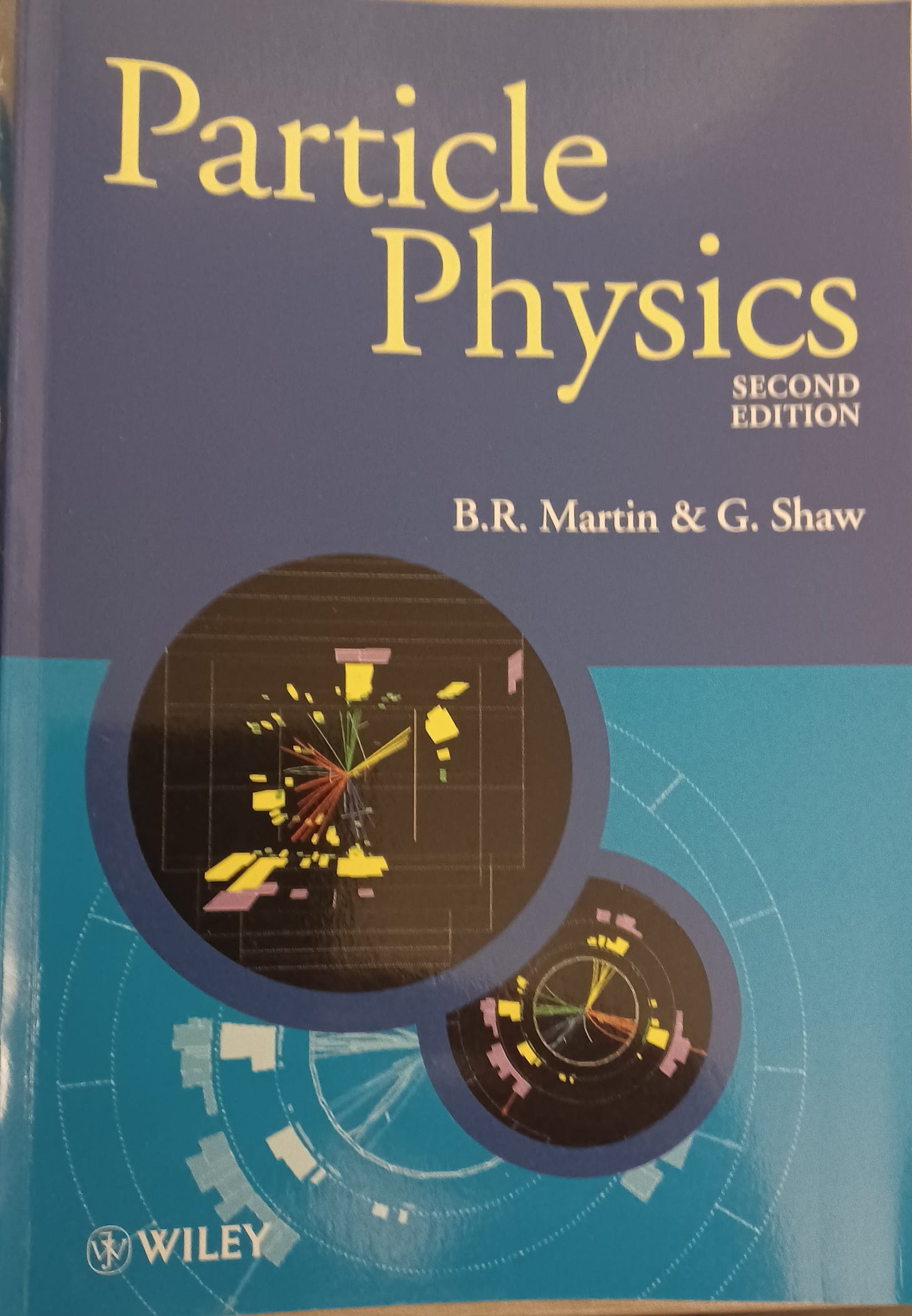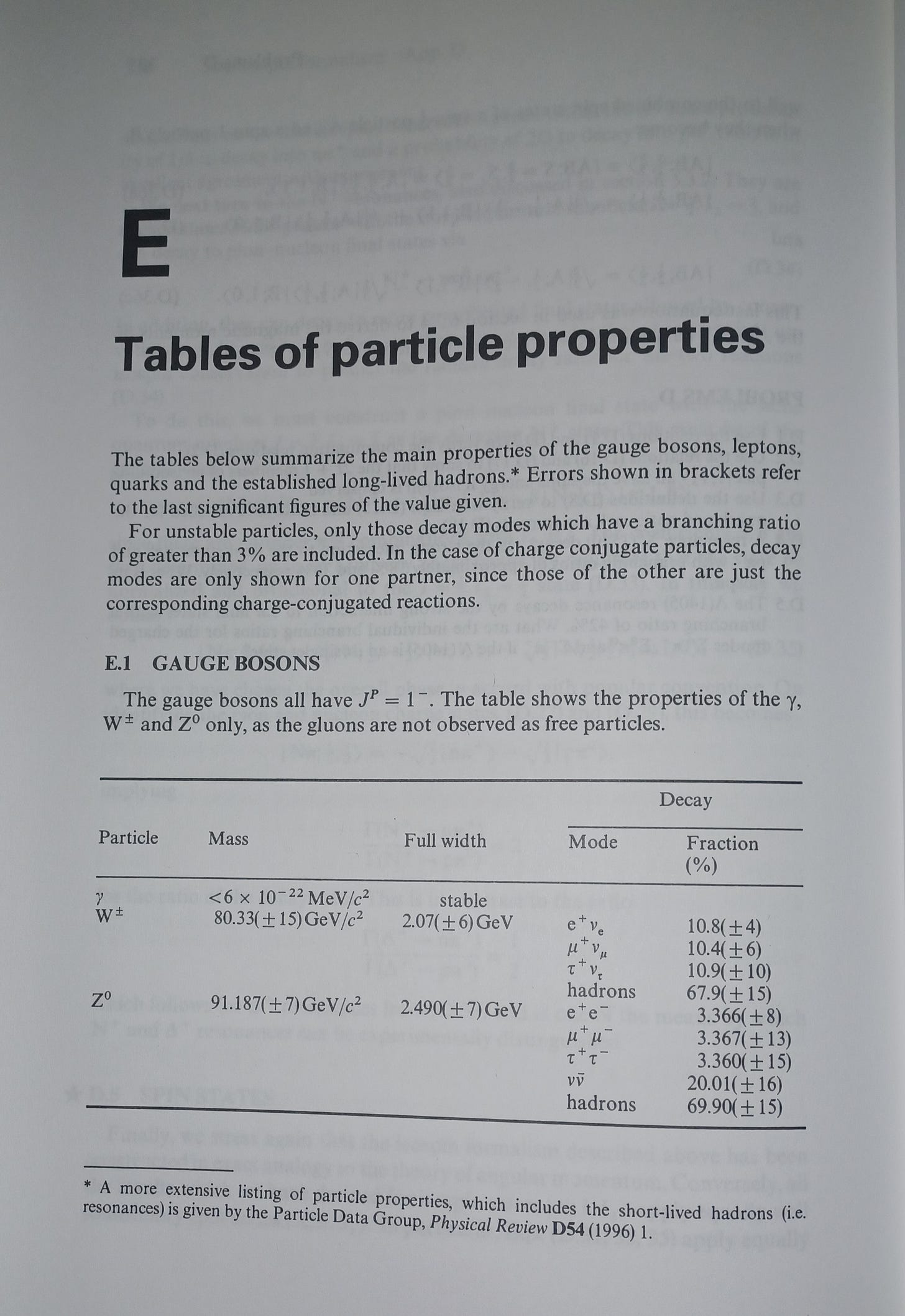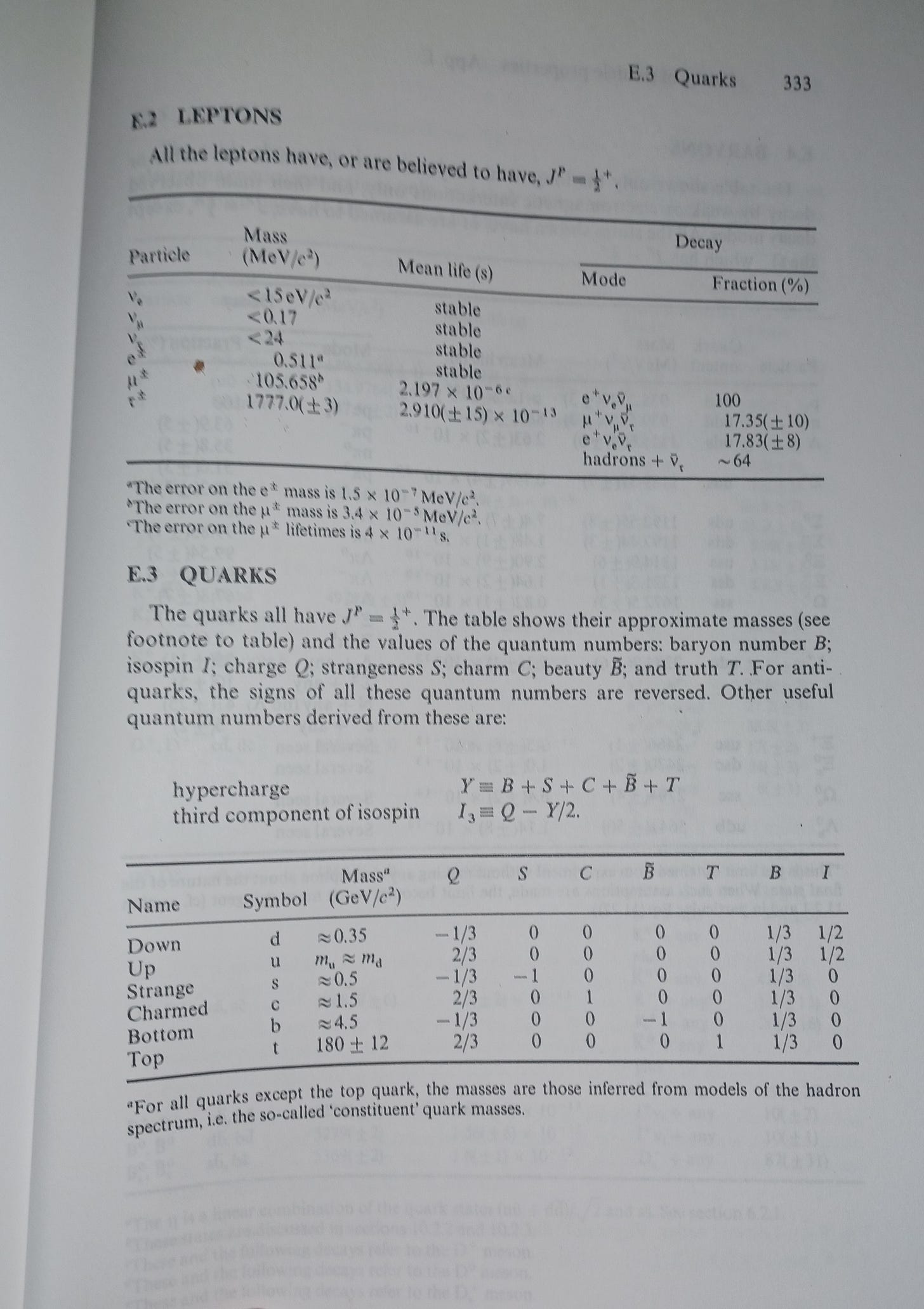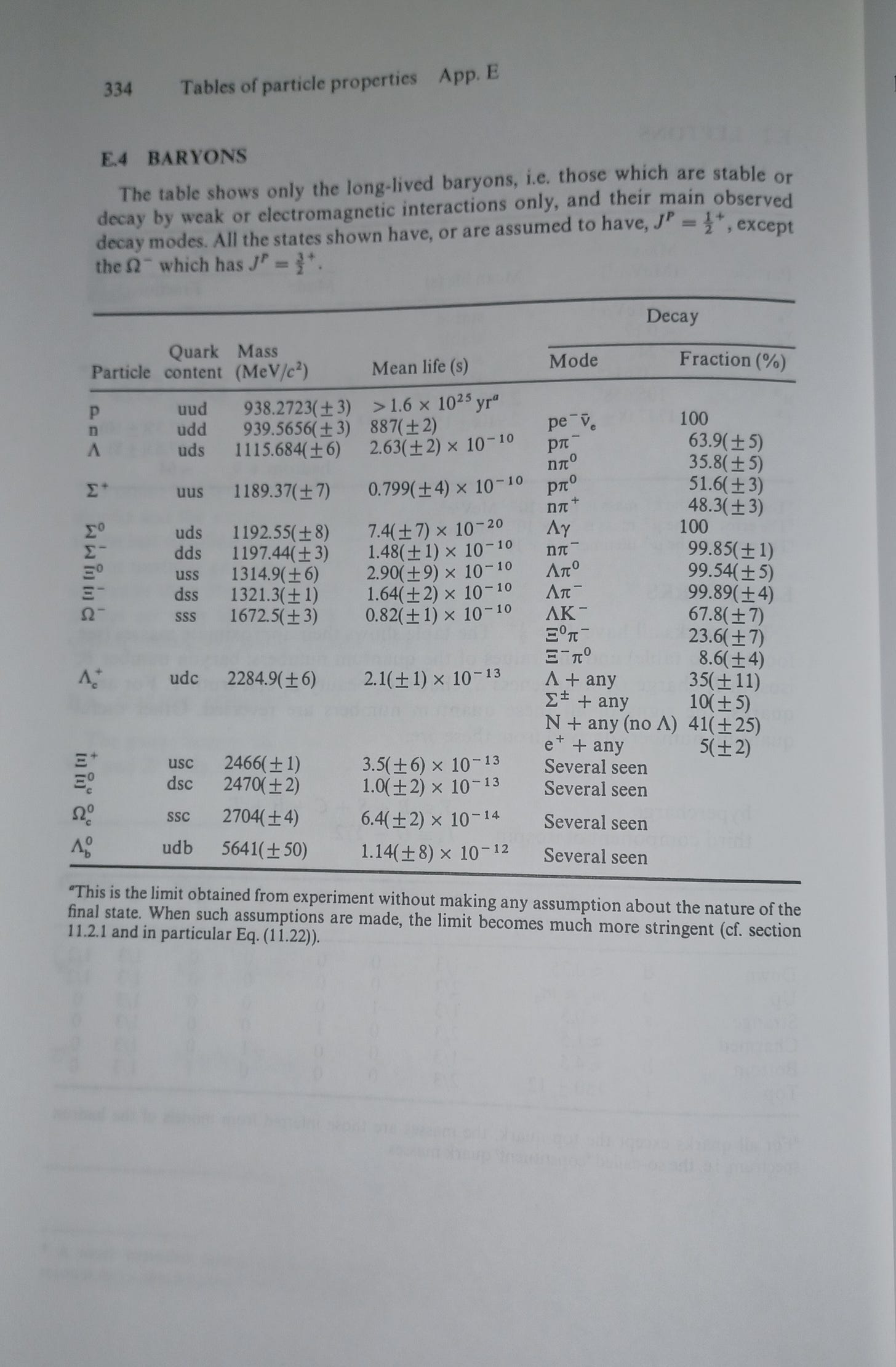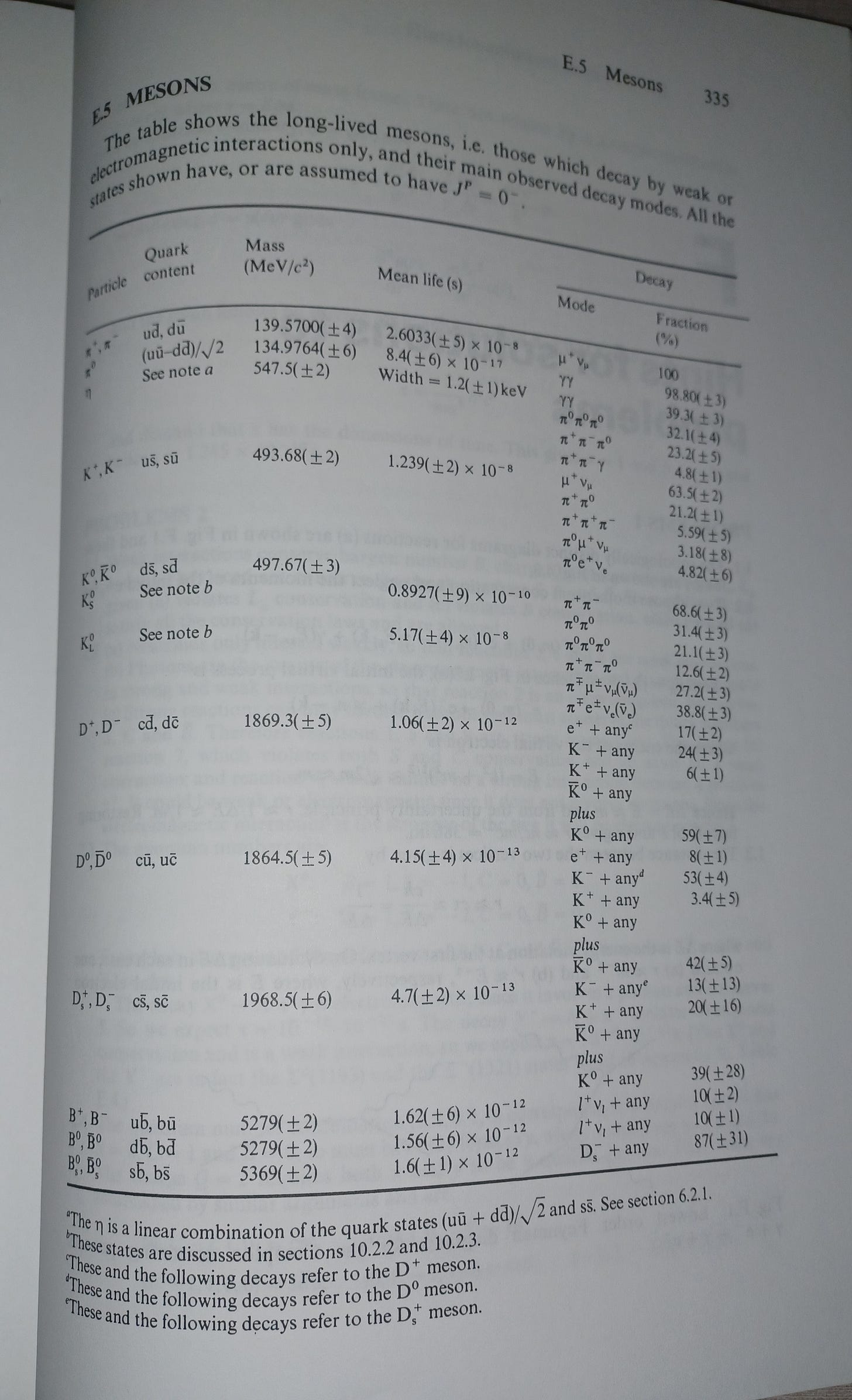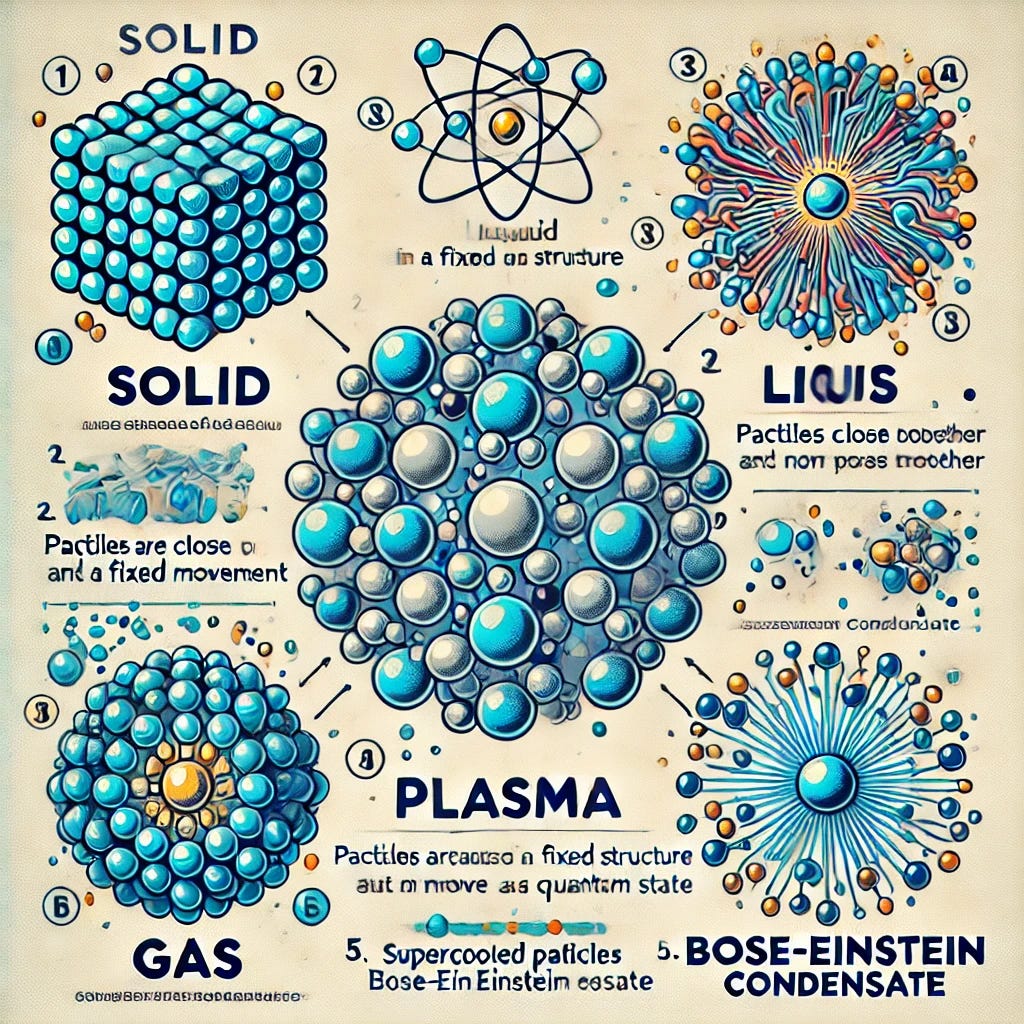Microsoft’s Majorana 1 quantum chip is highly scalable, with the ability to scale from 8 qubits to millions of qubits, thanks to its innovative topological qubit architecture and the use of a new material called a “topoconductor.”
The "topoconductor" is an innovative material developed by Microsoft, consisting of a combination of indium aluminum arsenide, designed and fabricated at the atomic level to minimize defects. This material enables the creation of a new state of matter, called a "topological state," which allows the generation and control of particles known as Majorana Zero Modes (MZMs). These particles store quantum information more stably than traditional qubits, thanks to the intrinsic topological protection that makes them more resistant to errors and easier to digitally control.
Original reserach paper : Elucidating Reaction Mechanisms on Quantum Computers lay the foundation for the development of topological qubits, meantime Non-Abelian Anyons and Topological Quantum Computation provides a detailed overview of the theoretical concepts and potential applications of non-Abelian anyons in the field of quantum computing.
It can be said that the electron is the most used particle to represent and transmit information in computational hardware, but it is not the only one.
From Federico Faggin's microchip and the invention of the microprocessor in the 1970s to modern quantum computers, the electron has played a central role in electronic devices, but other particles and physical phenomena are emerging as alternatives or complements.
Now this new chip’s architecture is designed to accommodate up to a million qubits on a single palm-sized processor, facilitating large-scale integration and expansion.
When I was a ‘90 young physics student of high-energy partcles nobody talking about anyons as you can see in my studies book
because the First Experimental Evidence dicovery was done in 2012 :
A breakthrough experiment by Leo Kouwenhoven’s group at Delft University of Technology provided the first possible signatures of Majorana quasiparticles.
They observed a zero-bias conductance peak in a semiconducting nanowire coupled to a superconductor, consistent with Majorana zero modes.
Italian physicist Ettore Majorana proposed the existence of a Majorana fermion, a hypothetical particle that is its own antiparticle in 1937
which arise as Majorana Zero Modes (MZMs) in topological systems, can be described mathematically using the theory of non-abelian anyons and the theory of Majorana fermions.
Majorana quasiparticles emerge as non-Abelian anyons in topological materials and have a mathematical representation based on self-conjugated fermions and braiding operators. This property makes them extremely useful for quantum computing, because they allow the storage and manipulation of information in a fault-tolerant way, that is, resistant to errors.
A code example in Pyhon :
import numpy as np
import scipy.linalg as la
# Definition of Pauli matrices
sigma_x = np.array([[0, 1], [1, 0]])
sigma_y = np.array([[0, -1j], [1j, 0]])
sigma_z = np.array([[1, 0], [0, -1]])
I = np.eye(2)
# Majorana operators for a two-qubit system
gamma_1 = np.kron(sigma_x, I)
gamma_2 = np.kron(sigma_y, I)
gamma_3 = np.kron(sigma_z, I)
gamma_4 = np.kron(I, sigma_x)
gamma_5 = np.kron(I, sigma_y)
gamma_6 = np.kron(I, sigma_z)
# Exchange matrix (braiding)
def braid(g1, g2):
return (g1 + g2) / np.sqrt(2), (g2 - g1) / np.sqrt(2)
g1_new, g2_new = braid(gamma_1, gamma_2)
print("Majorana Braiding Result:")
print("g1_new:\n", g1_new)
print("g2_new:\n", g2_new)
New state of matters
The topological state of Matter refers to a phase of matter that is characterized by global topological properties rather than local symmetries. Unlike conventional phases of matter (such as solids, liquids, and gases), which are classified by symmetry breaking and local order parameters, topological states of matter are defined by their topological invariants—quantities that remain unchanged under continuous deformations of the system.
Key Features of Topological States of Matter:
Topological Invariants: These are mathematical properties (such as the Chern number in quantum Hall systems) that remain constant unless the system undergoes a phase transition.
Robust Edge or Surface States: Many topological materials exhibit protected boundary states that are resistant to disorder and imperfections. These states often enable dissipationless transport.
Bulk-Boundary Correspondence: The topological properties of the bulk govern the existence of edge or surface states.
Exotic Quasiparticles: Some topological phases support quasiparticles with unusual properties, such as anyons, which have fractional statistics.
Topological Protection: Certain properties are stable against small perturbations like impurities or defects.
Examples of Topological States of Matter:
Topological Insulators: These materials have an insulating bulk but conductive edge or surface states that are protected by time-reversal symmetry.
Topological Superconductors: These materials host Majorana fermions at their edges or defects, which are of interest for quantum computing.
Quantum Hall States: The integer and fractional quantum Hall effects exhibit topological order characterized by quantized conductance.
Weyl and Dirac Semimetals: These materials feature massless Weyl or Dirac fermions as low-energy excitations.
Topological states of matter are a major focus in condensed matter physics due to their potential applications in quantum computing and novel electronic devices.
Why Majorana Quasiparticles Have High Potential for Future Computing?
Majorana quasiparticles are considered revolutionary for future computing, particularly in quantum computing, due to their unique topological properties and ability to enable fault-tolerant quantum computation. Here’s why they are so promising:
1. Majorana Zero Modes (MZMs) Enable Topological Qubits
Majorana quasiparticles are associated with Majorana zero modes (MZMs), which appear at the ends of certain topological superconductors.
These MZMs act as qubits (the fundamental unit of quantum computing) but with intrinsic error protection, making them more stable than conventional qubits.
2. Non-Abelian Anyons: A Game-Changer for Computation
Majorana quasiparticles exhibit non-Abelian statistics, meaning that exchanging (or "braiding") them stores quantum information in a way that is highly resistant to errors.
Traditional qubits are sensitive to local noise (like electromagnetic interference), but topological qubits based on Majoranas are intrinsically protected by their topology.
3. Fault-Tolerant Quantum Computing
One of the biggest challenges in quantum computing is error correction.
Current quantum computers (like superconducting qubits used by IBM and Google) require massive redundancy to detect and correct errors.
Majorana-based qubits, however, provide built-in error correction due to their topological nature, reducing the need for complex error correction codes.
This significantly improves qubit coherence time, making quantum computation more scalable.
4. Potential for Scalable and Robust Quantum Computers
Because Majorana qubits are more stable, they are a better candidate for large-scale quantum computing compared to traditional superconducting or trapped-ion qubits.
If successfully engineered, Majorana-based quantum computers could drastically outperform current quantum hardware.
5. Applications in Cryptography and Simulation
Post-Quantum Cryptography: Topological quantum computers based on Majoranas could break classical encryption (RSA, ECC) but also enable quantum-secure encryption.
Quantum Simulations: Majorana-based systems can simulate complex quantum materials and fundamental physics problems, which is impossible for classical computers.
Conclusion: A Promising Future
Majorana1 chip based quantum computing success, it could revolutionize computing by providing a scalable, fault-tolerant, and highly stable quantum architecture.


